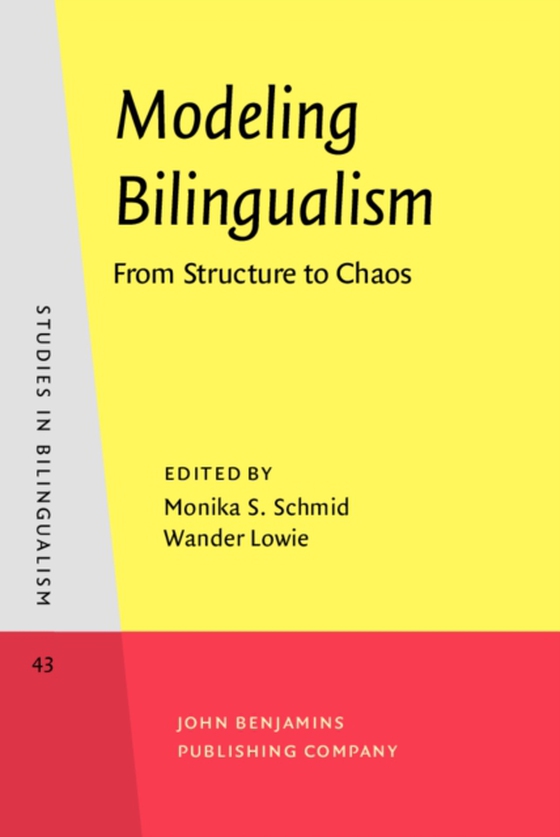
Modeling Bilingualism e-bog
729,17 DKK
(inkl. moms 911,46 DKK)
This volume presents an overview of changes in paradigms, perspectives and contexts of research into bilingual development over the past two decades. During this time, the focus of perspective has changed. In the early 1990s, most investigations still proceeded from models that assumed modular components, hierarchical relationships and linear processes, and investigated what were perceived to b...
E-bog
729,17 DKK
Udgivet
14 marts 2011
Længde
318 sider
Genrer
Bilingualism and multilingualism
Sprog
English
Format
pdf
Beskyttelse
LCP
ISBN
9789027287007
This volume presents an overview of changes in paradigms, perspectives and contexts of research into bilingual development over the past two decades. During this time, the focus of perspective has changed. In the early 1990s, most investigations still proceeded from models that assumed modular components, hierarchical relationships and linear processes, and investigated what were perceived to be the 'typical' contexts of bilingual development (sequential, usually instructed bilingualism, where the second language would remain the weaker one and the speakers investigated were typically young adults). More recently it has been proposed that such models may not be complex enough to accommodate bilingual development in all its facets and settings (bimodal bilingualism, attrition, aging). This change has recently culminated in applications of chaos theory to Applied Linguistics, and in the widening range of situations of language acquisition, learning and deterioration which have been investigated.
 Dansk
Dansk

